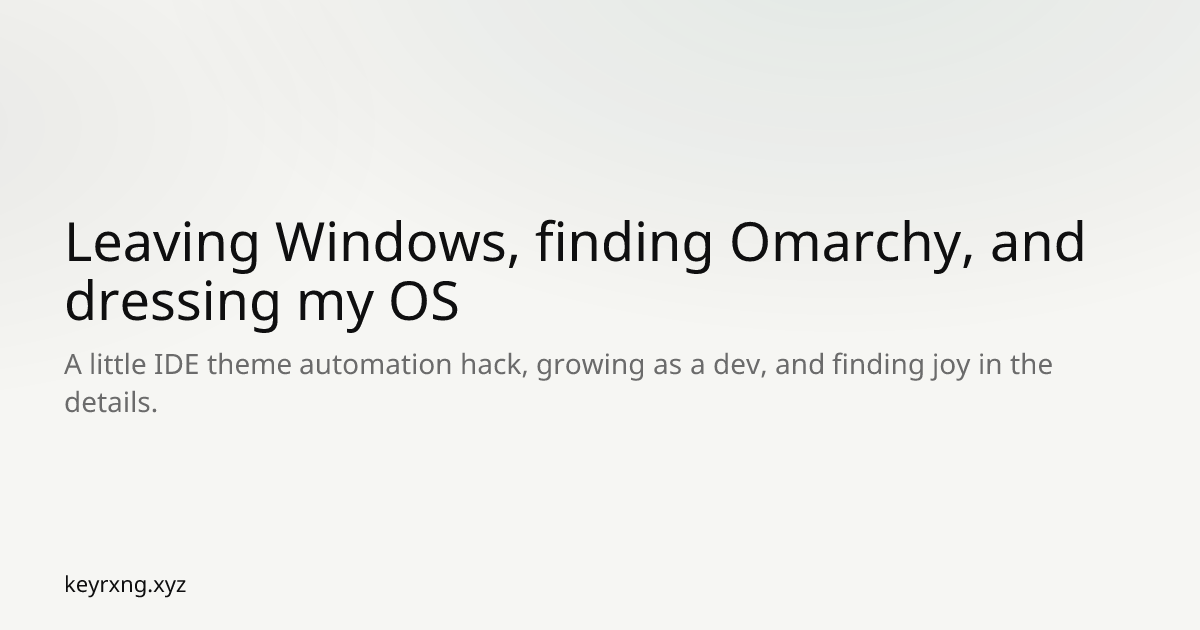
Leaving Windows, finding Omarchy, and dressing my OS
A little IDE theme automation hack, growing as a dev, and finding joy in the details.
Curated essays: field notes, architectural pattern distillations, and honest post-mortems.

A little IDE theme automation hack, growing as a dev, and finding joy in the details.
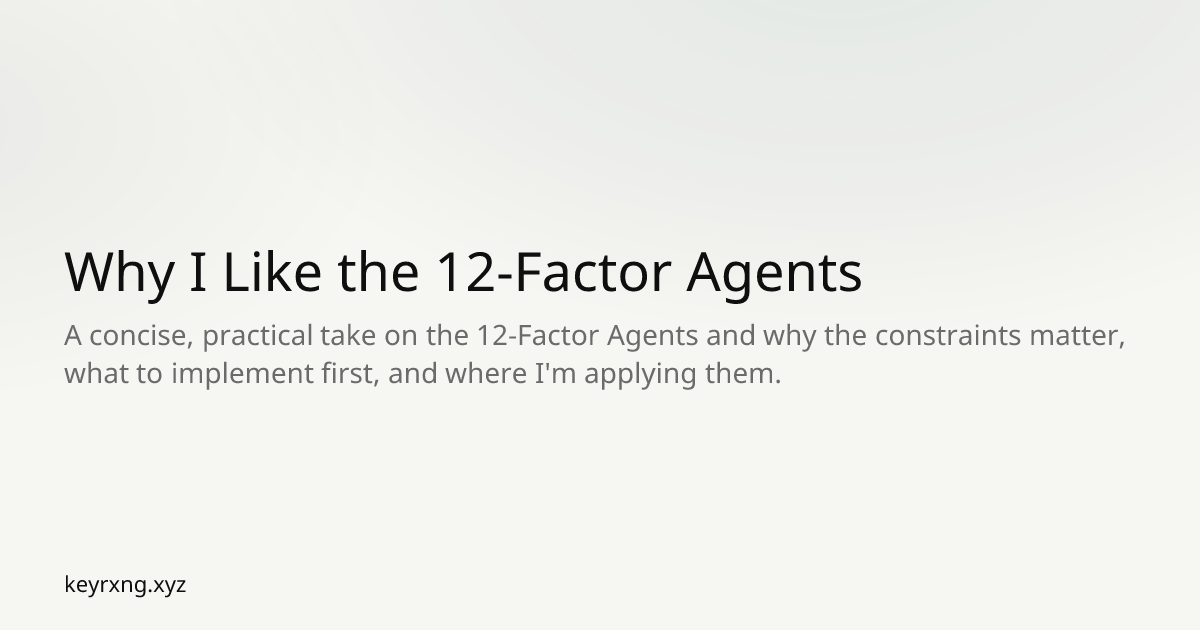
A concise, practical take on the 12-Factor Agents and why the constraints matter, what to implement first, and where I'm applying them.
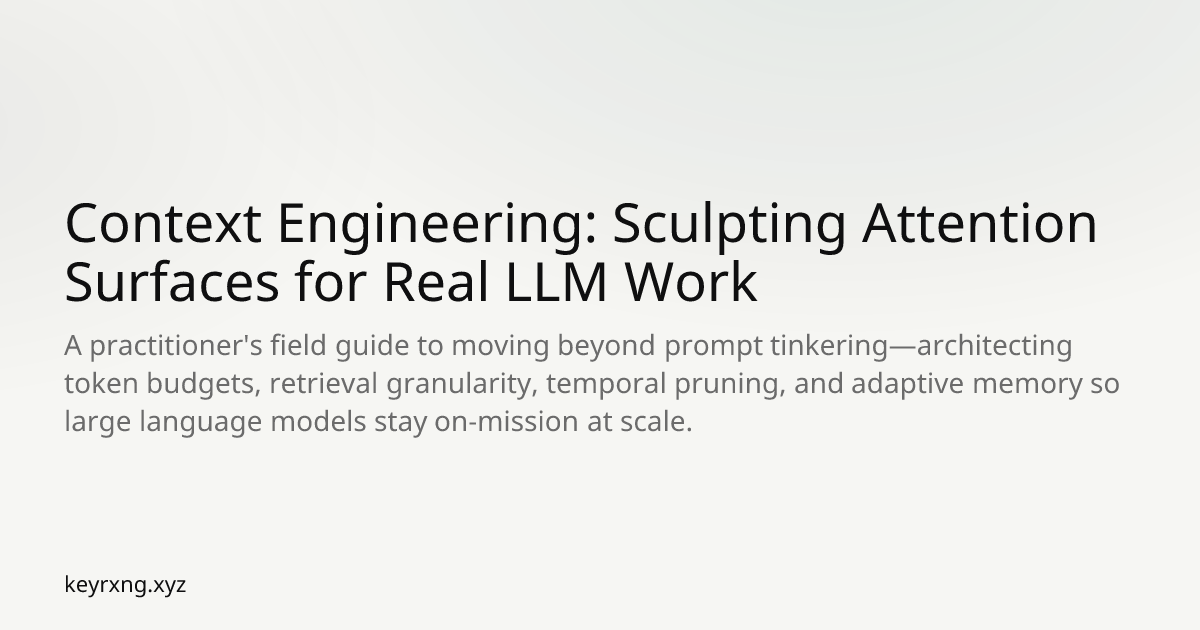
A practitioner's field guide to moving beyond prompt tinkering—architecting token budgets, retrieval granularity, temporal pruning, and adaptive memory so large language models stay on-mission at scale.

Part II of the 3-part series: turns the Part I diagnosis of temporal resistance into a concrete, minimal rollout plan—time decay, hybrid signals, availability filters, safer fallbacks, metrics, and guardrails.
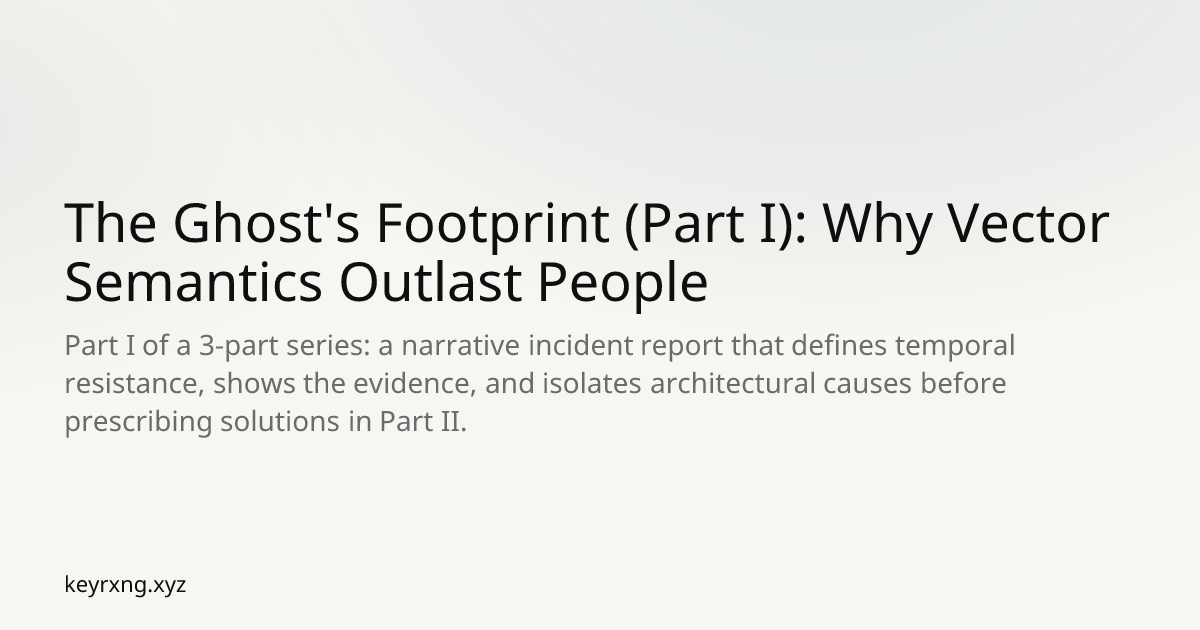
Part I of a 3-part series: a narrative incident report that defines temporal resistance, shows the evidence, and isolates architectural causes before prescribing solutions in Part II.
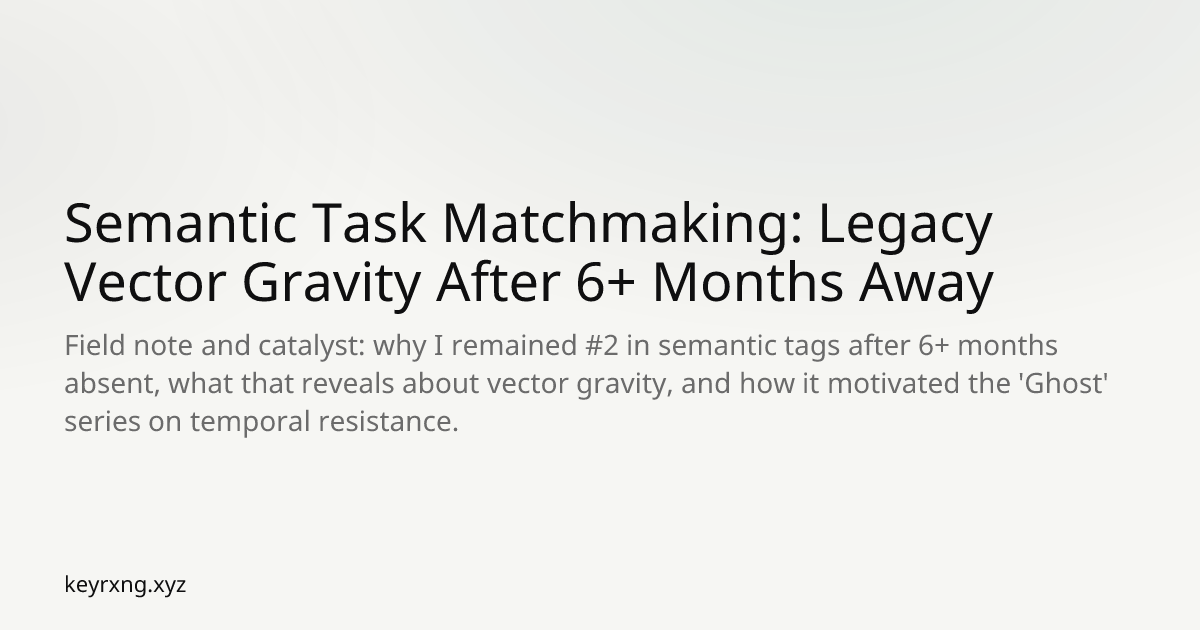
Field note and catalyst: why I remained #2 in semantic tags after 6+ months absent, what that reveals about vector gravity, and how it motivated the 'Ghost' series on temporal resistance.
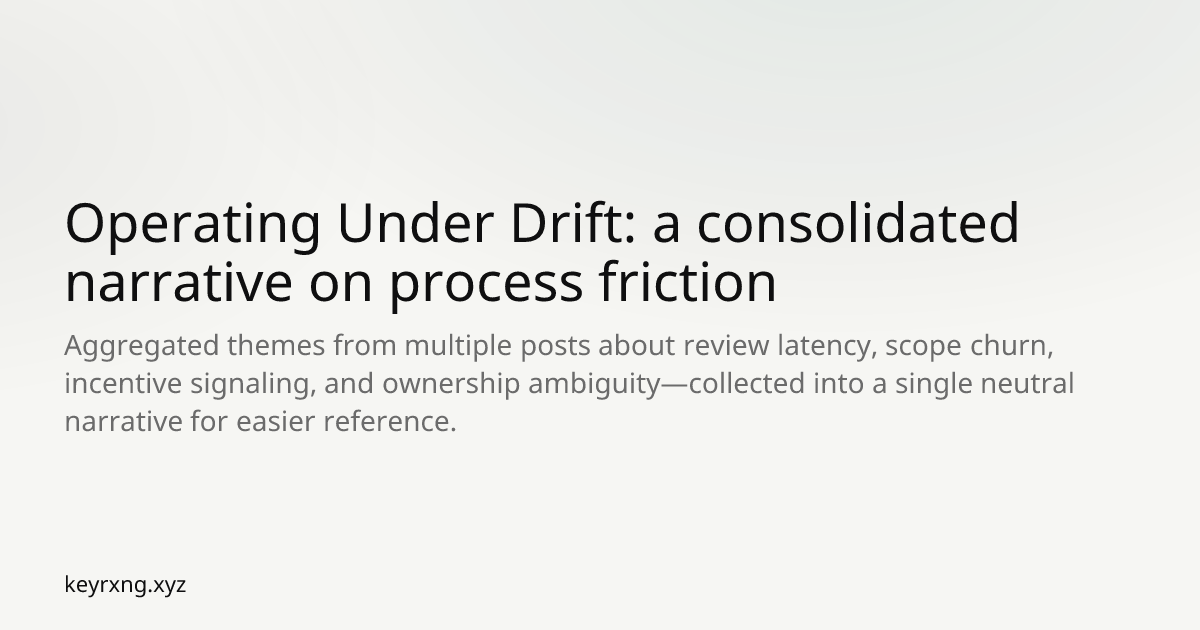
Aggregated themes from multiple posts about review latency, scope churn, incentive signaling, and ownership ambiguity—collected into a single neutral narrative for easier reference.
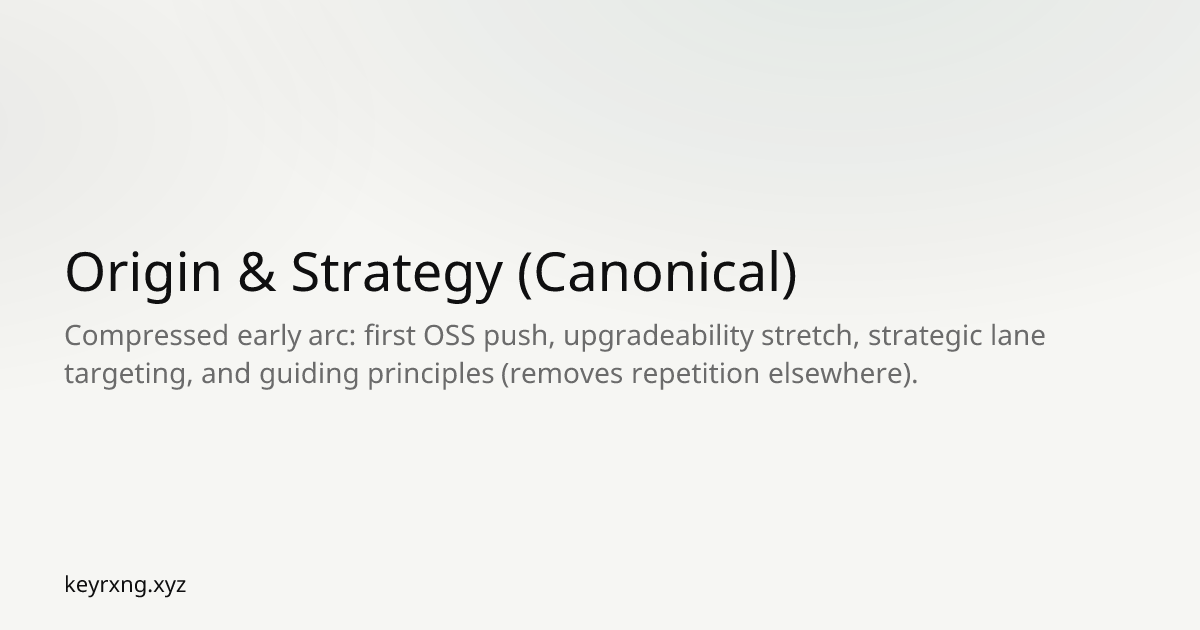
Compressed early arc: first OSS push, upgradeability stretch, strategic lane targeting, and guiding principles (removes repetition elsewhere).
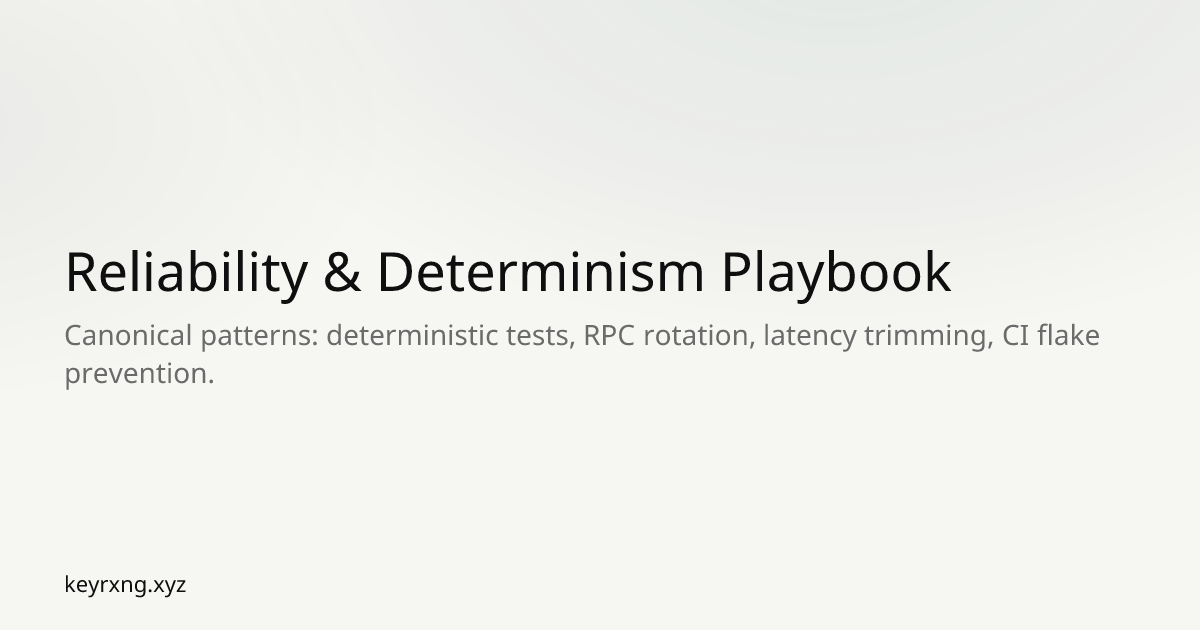
Canonical patterns: deterministic tests, RPC rotation, latency trimming, CI flake prevention.
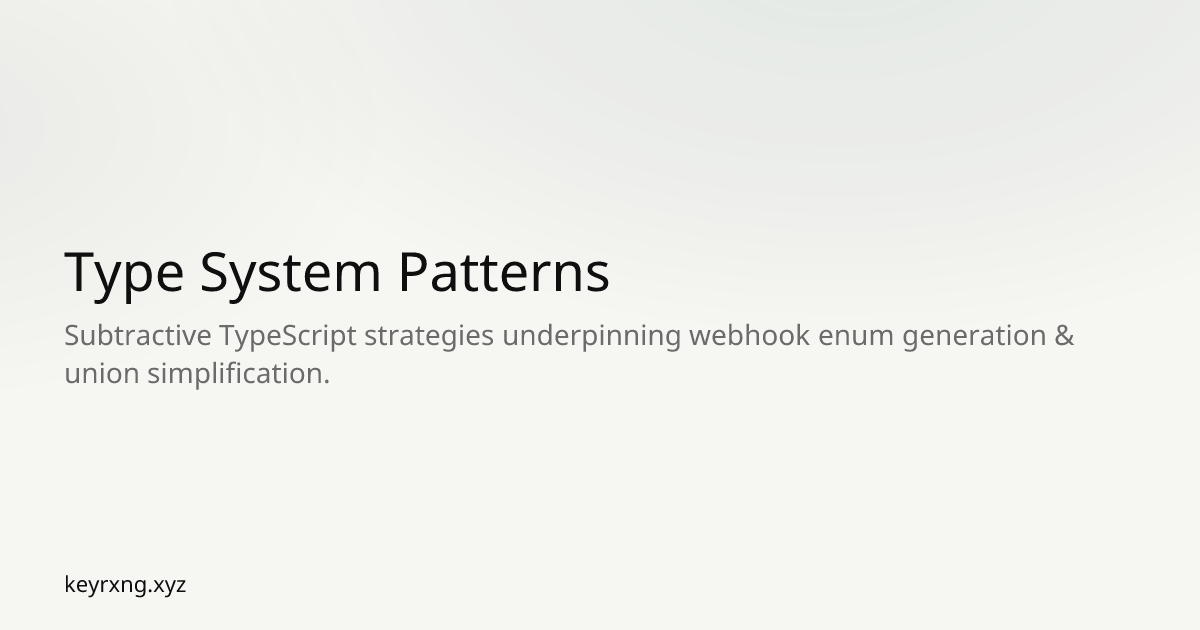
Subtractive TypeScript strategies underpinning webhook enum generation & union simplification.
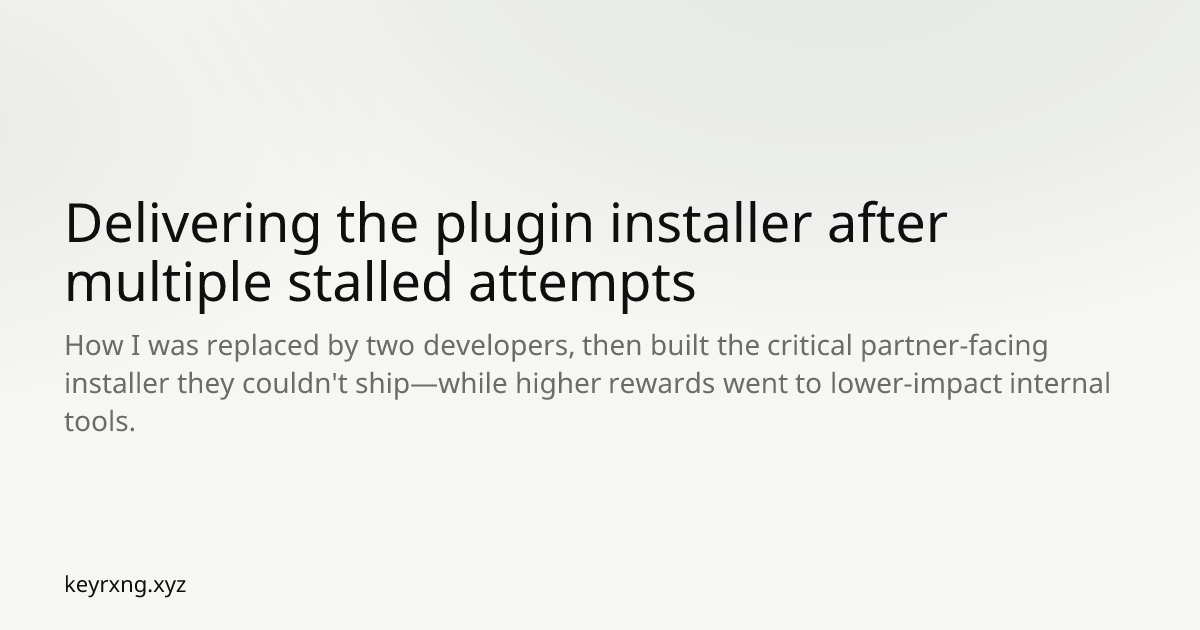
How I was replaced by two developers, then built the critical partner-facing installer they couldn't ship—while higher rewards went to lower-impact internal tools.
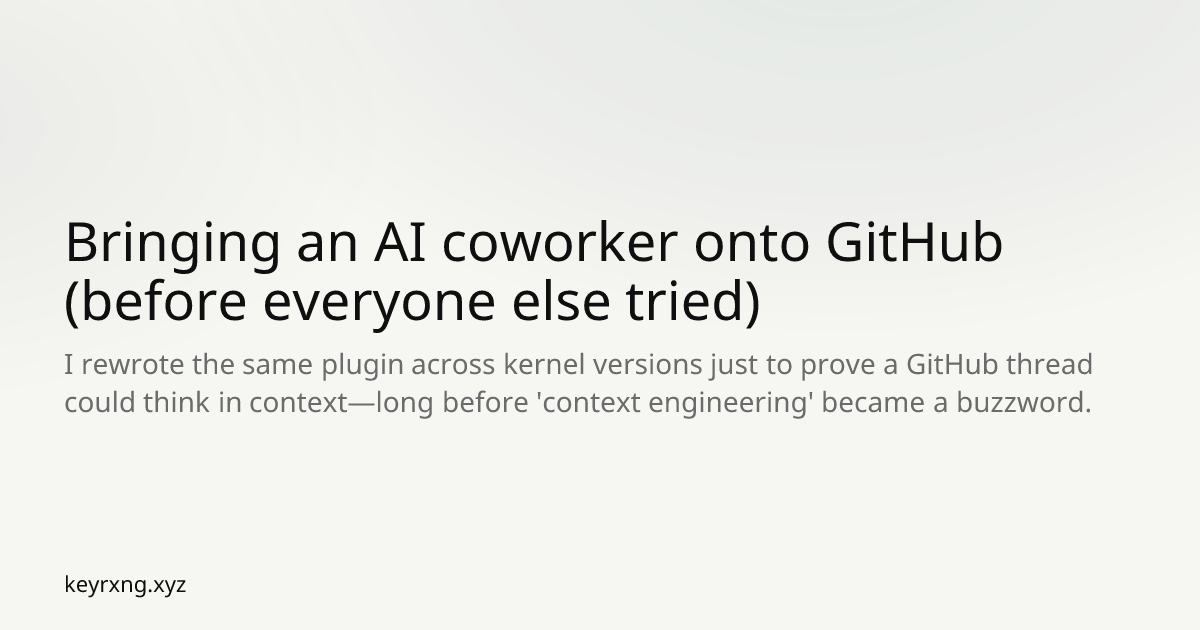
I rewrote the same plugin across kernel versions just to prove a GitHub thread could think in context—long before 'context engineering' became a buzzword.
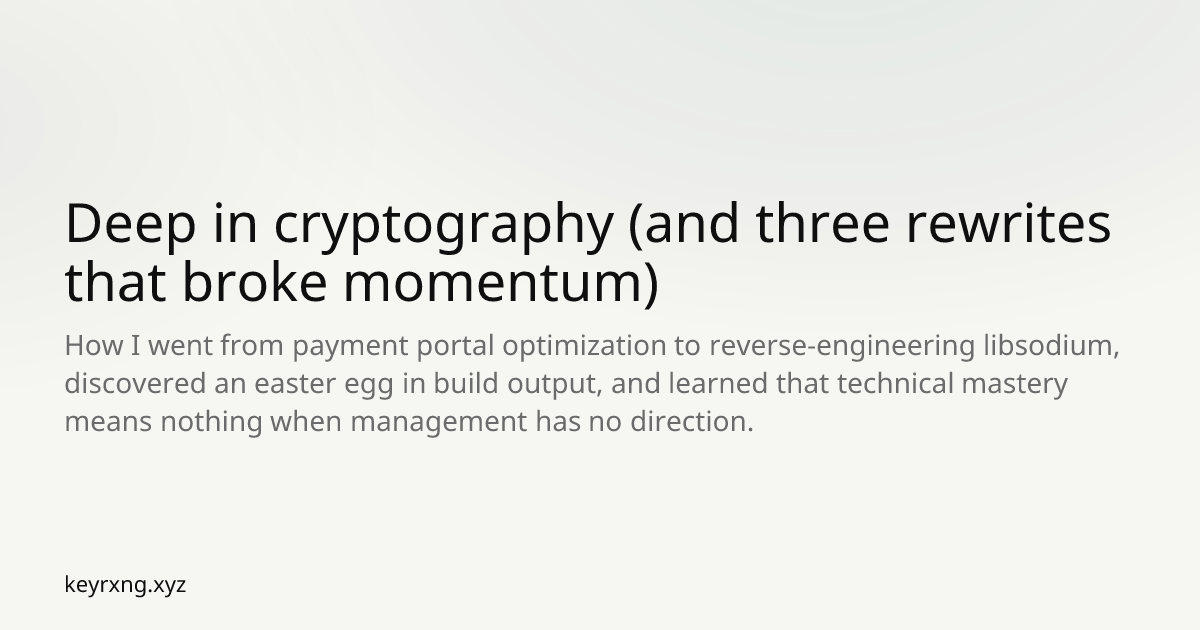
How I went from payment portal optimization to reverse-engineering libsodium, discovered an easter egg in build output, and learned that technical mastery means nothing when management has no direction.
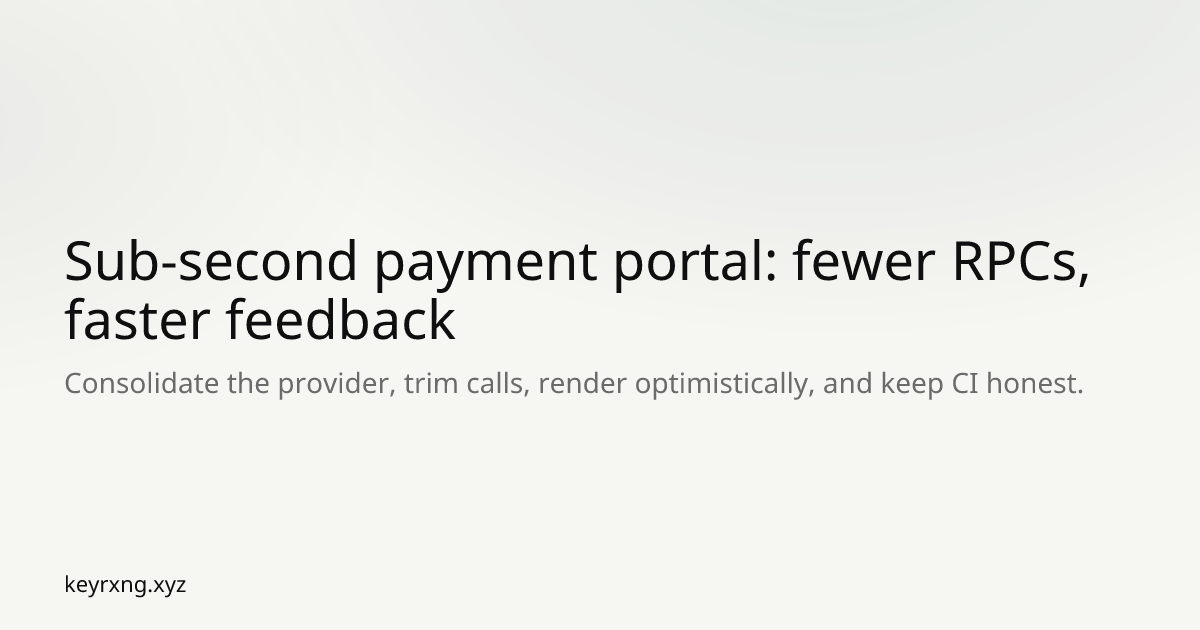
Consolidate the provider, trim calls, render optimistically, and keep CI honest.

Detect non-Web3 mobile, show actionable toasts, fix status messaging, and fetch from the fastest RPC to reduce flicker.
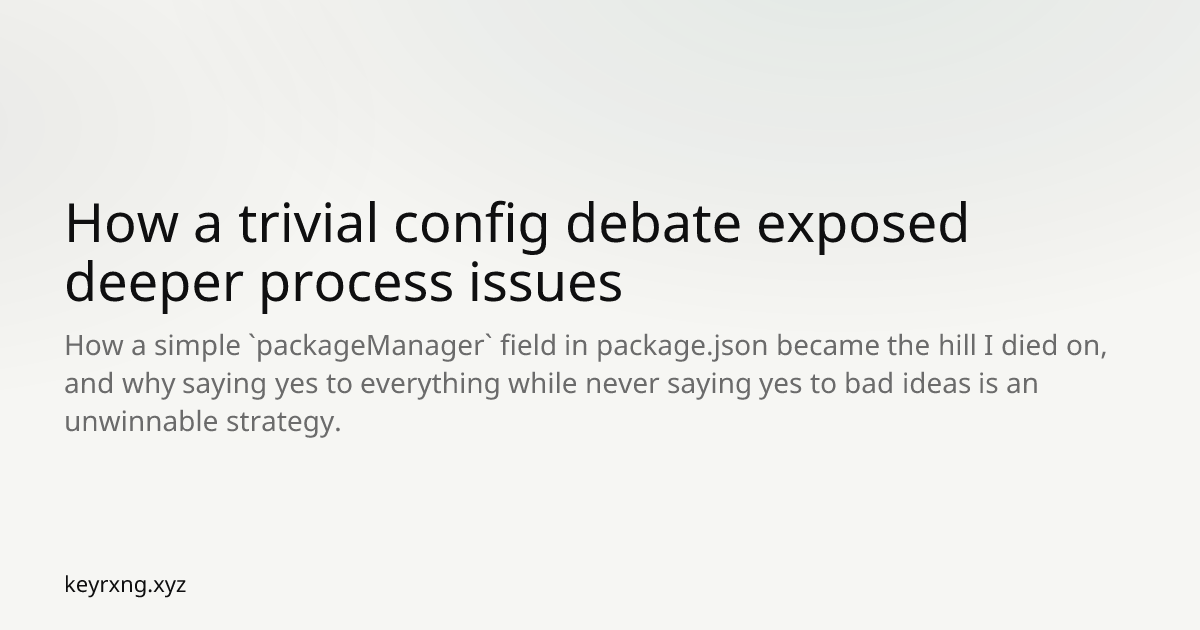
How a simple `packageManager` field in package.json became the hill I died on, and why saying yes to everything while never saying yes to bad ideas is an unwinnable strategy.
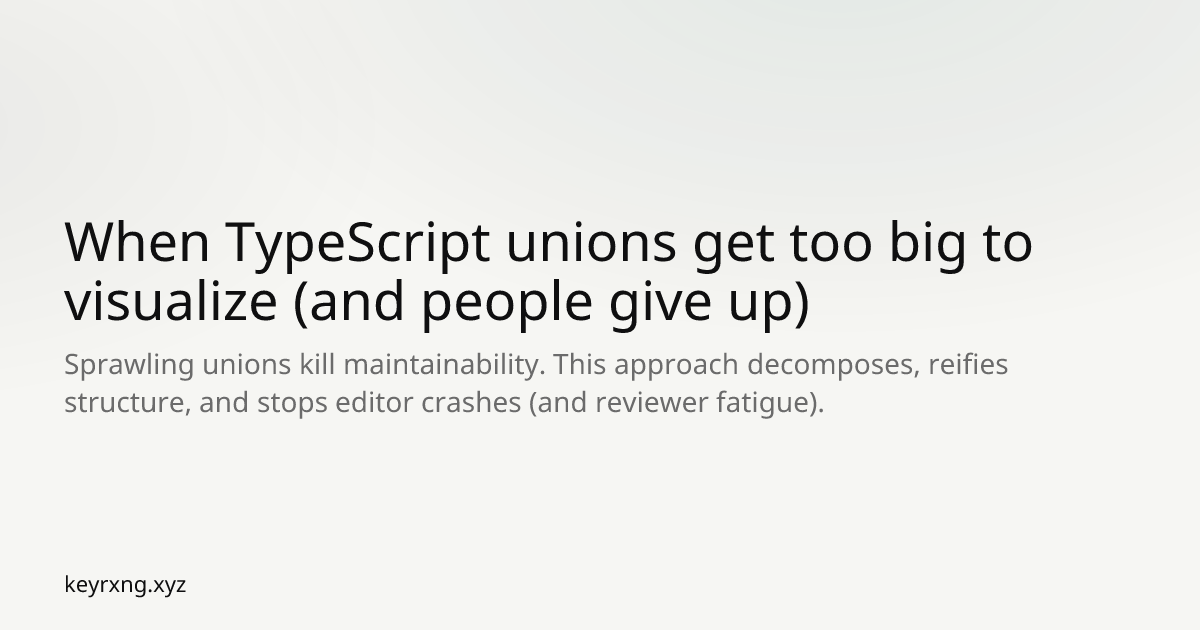
Sprawling unions kill maintainability. This approach decomposes, reifies structure, and stops editor crashes (and reviewer fatigue).
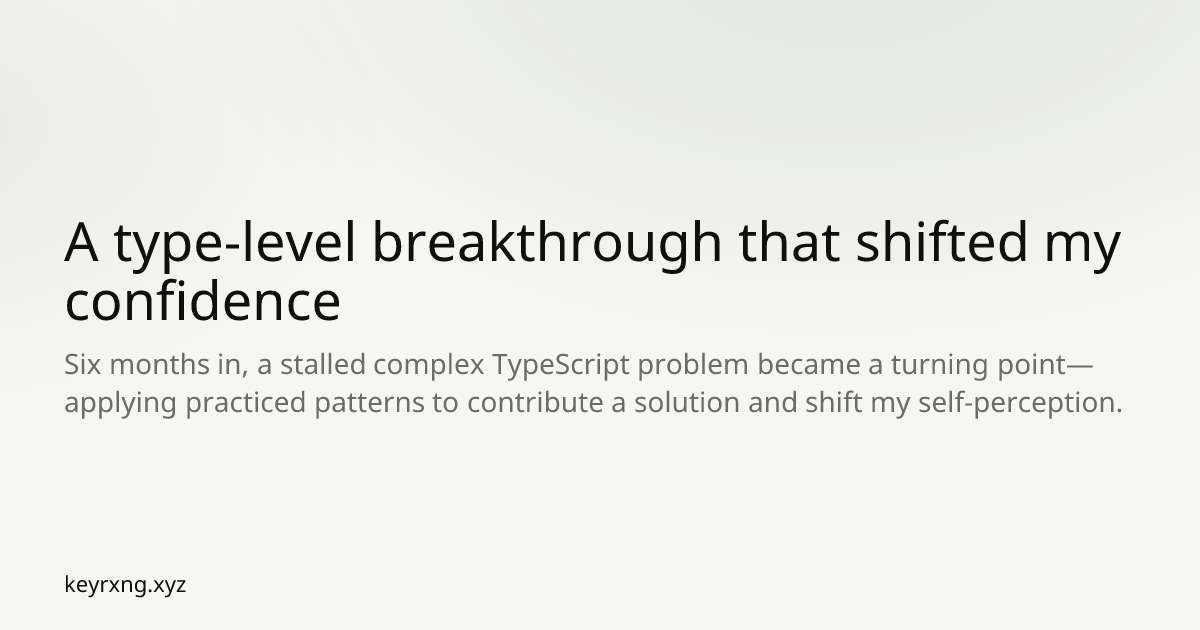
Six months in, a stalled complex TypeScript problem became a turning point—applying practiced patterns to contribute a solution and shift my self-perception.

Fresh off my first successful PR, I tackled UUPS upgradeability for a multi-million dollar protocol. This is the story of building confidence, surviving security audits, and the strategic plan that would make me ubiquitous.
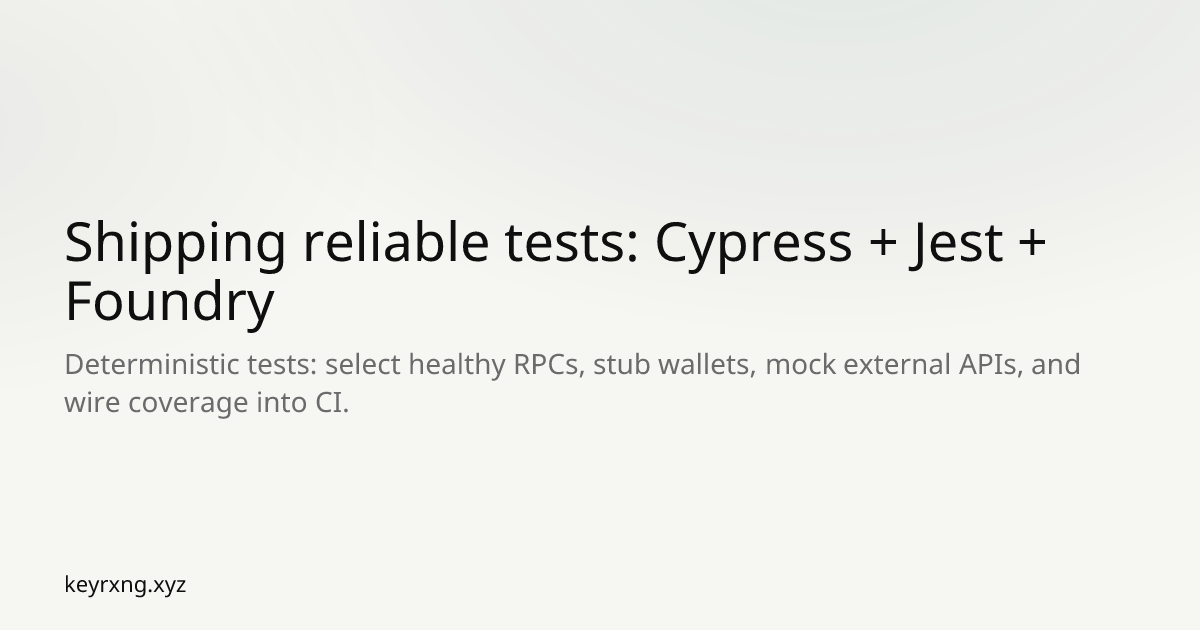
Deterministic tests: select healthy RPCs, stub wallets, mock external APIs, and wire coverage into CI.
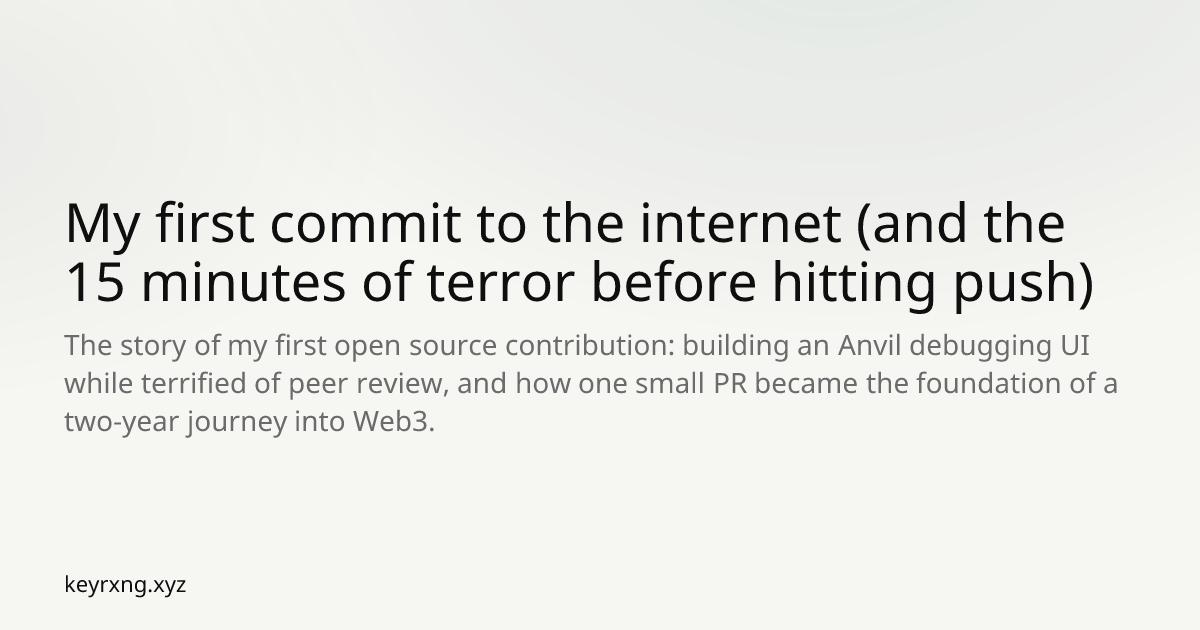
The story of my first open source contribution: building an Anvil debugging UI while terrified of peer review, and how one small PR became the foundation of a two-year journey into Web3.
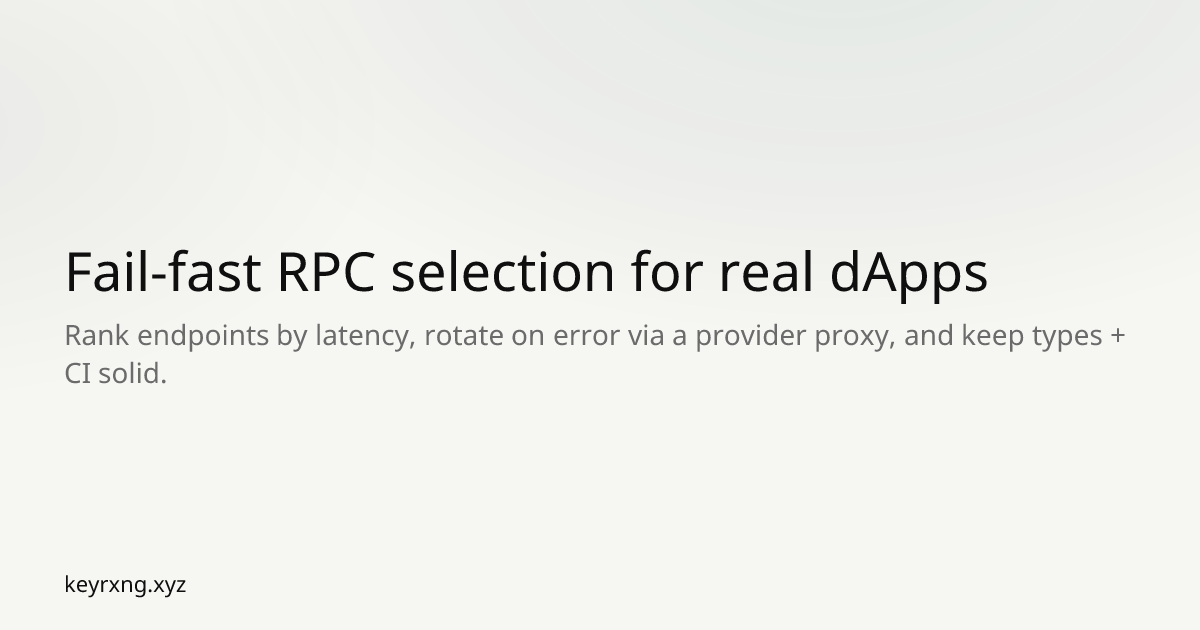
Rank endpoints by latency, rotate on error via a provider proxy, and keep types + CI solid.

Ported a stalled V1 Telegram bot to the V2 kernel with a first-of-its-kind hybrid plugin architecture—and saw process friction dilute momentum.
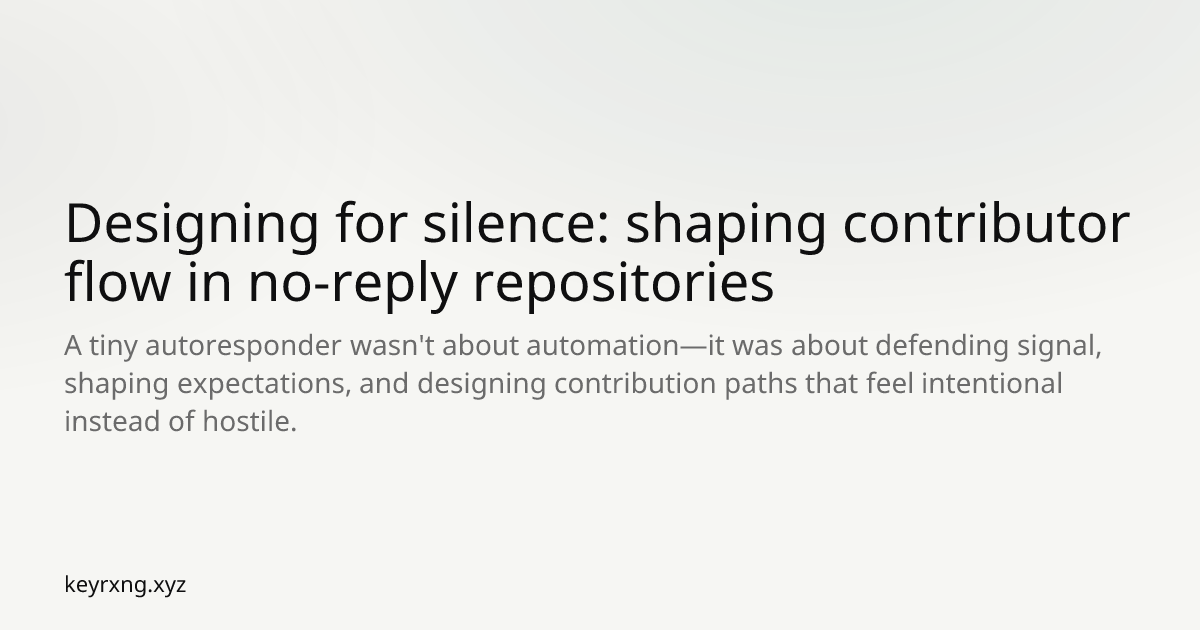
A tiny autoresponder wasn't about automation—it was about defending signal, shaping expectations, and designing contribution paths that feel intentional instead of hostile.
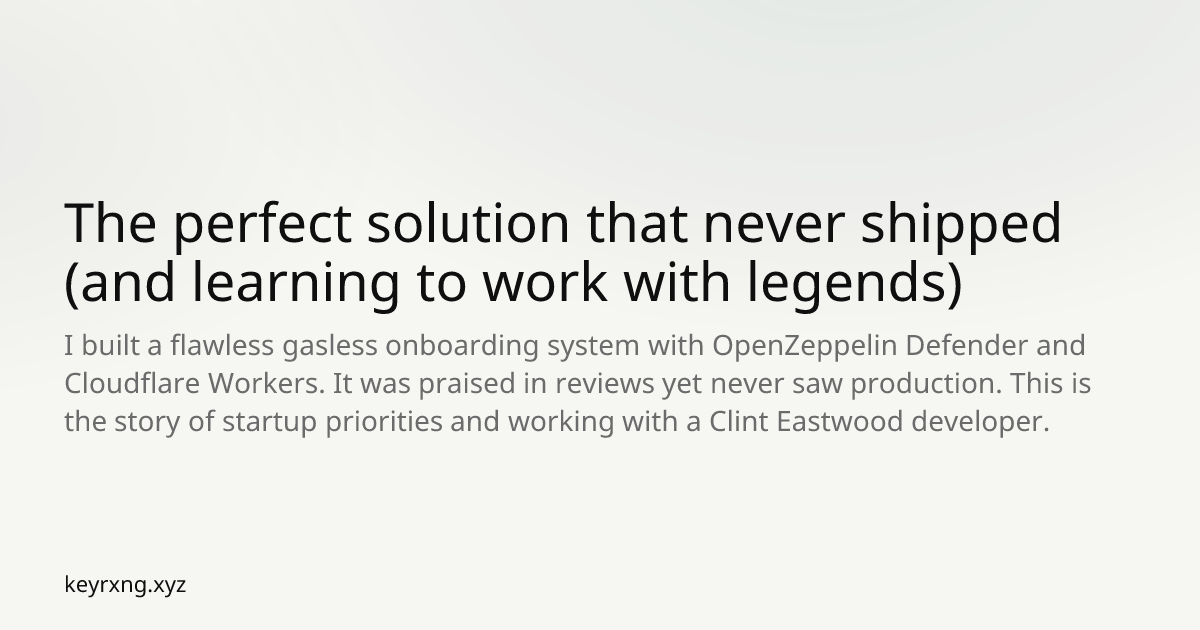
I built a flawless gasless onboarding system with OpenZeppelin Defender and Cloudflare Workers. It was praised in reviews yet never saw production. This is the story of startup priorities and working with a Clint Eastwood developer.
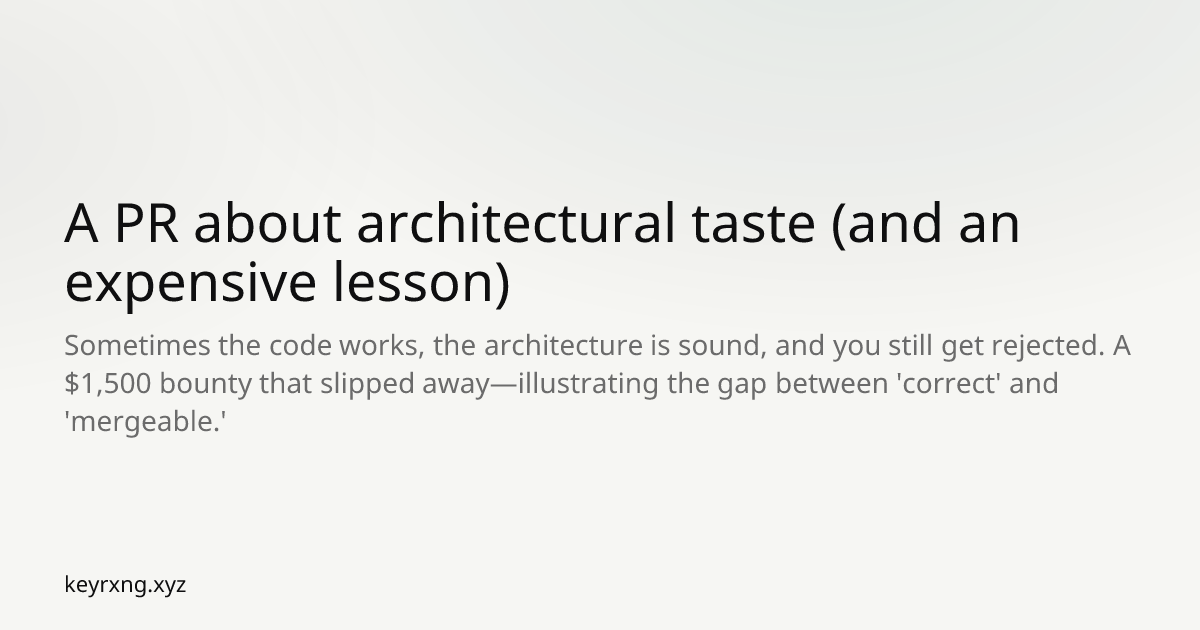
Sometimes the code works, the architecture is sound, and you still get rejected. A $1,500 bounty that slipped away—illustrating the gap between 'correct' and 'mergeable.'
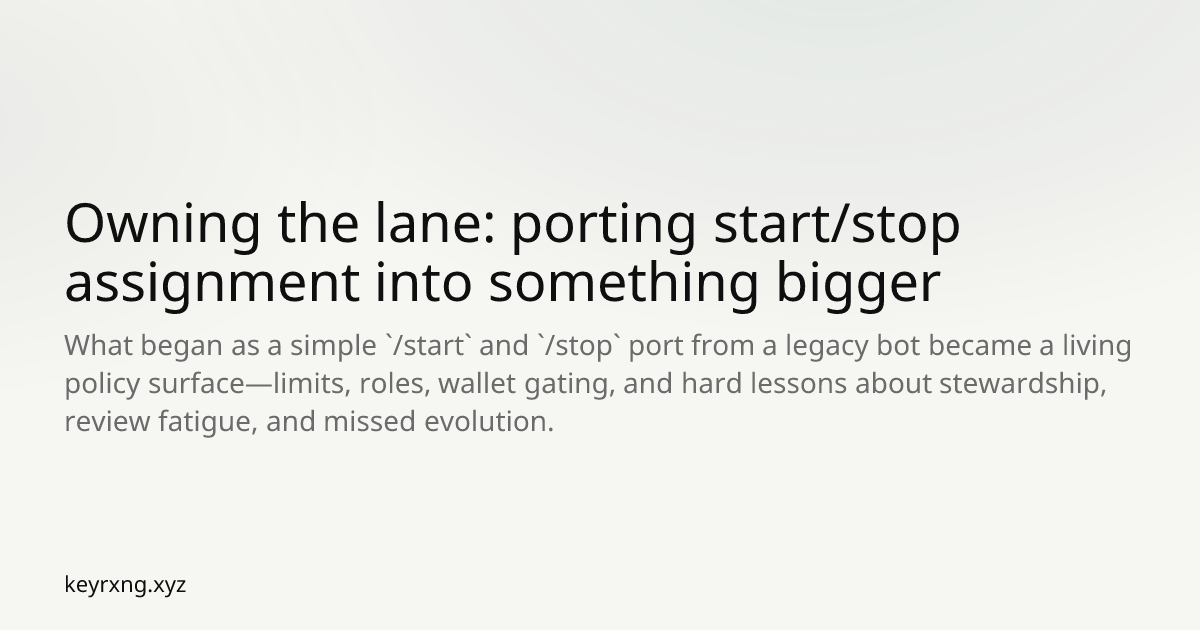
What began as a simple `/start` and `/stop` port from a legacy bot became a living policy surface—limits, roles, wallet gating, and hard lessons about stewardship, review fatigue, and missed evolution.
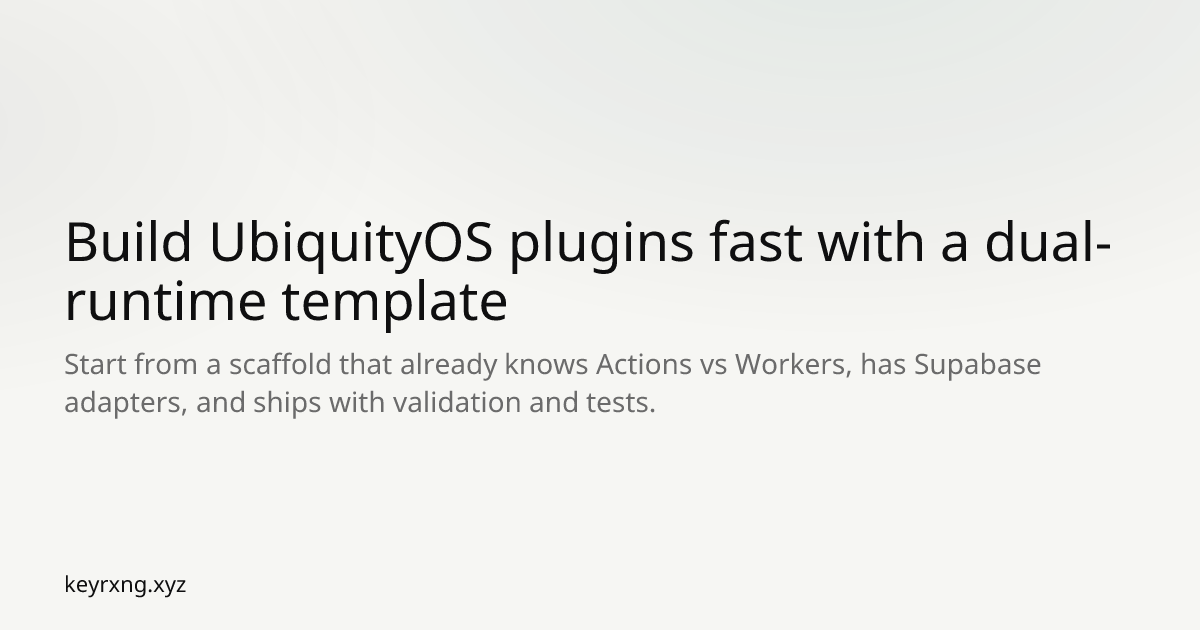
Start from a scaffold that already knows Actions vs Workers, has Supabase adapters, and ships with validation and tests.
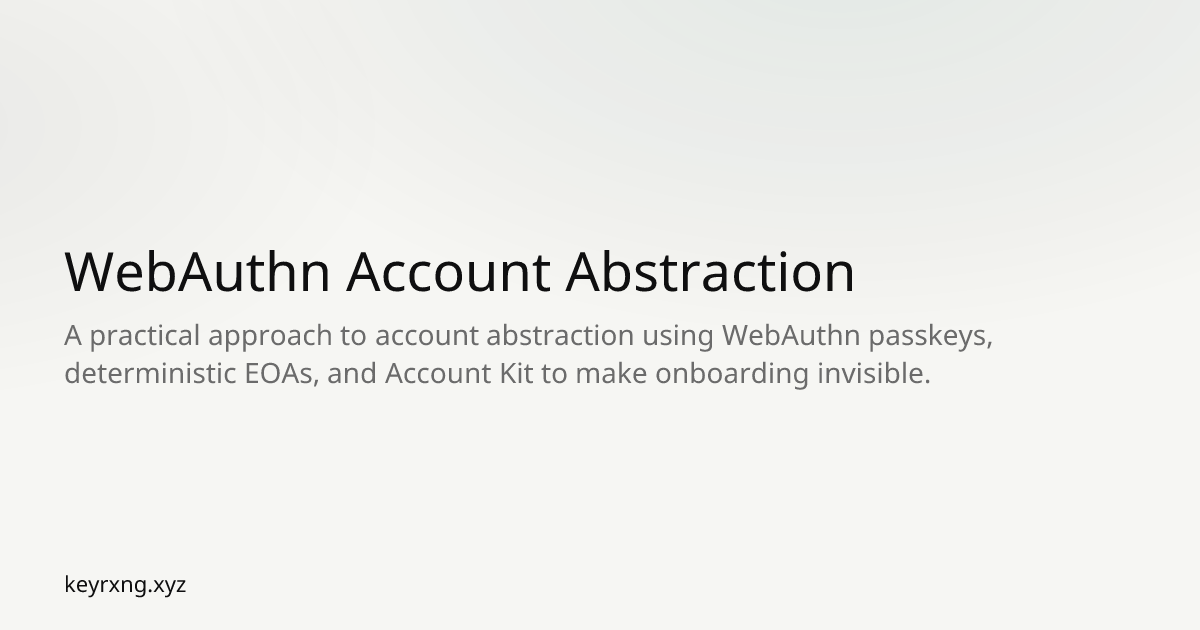
A practical approach to account abstraction using WebAuthn passkeys, deterministic EOAs, and Account Kit to make onboarding invisible.